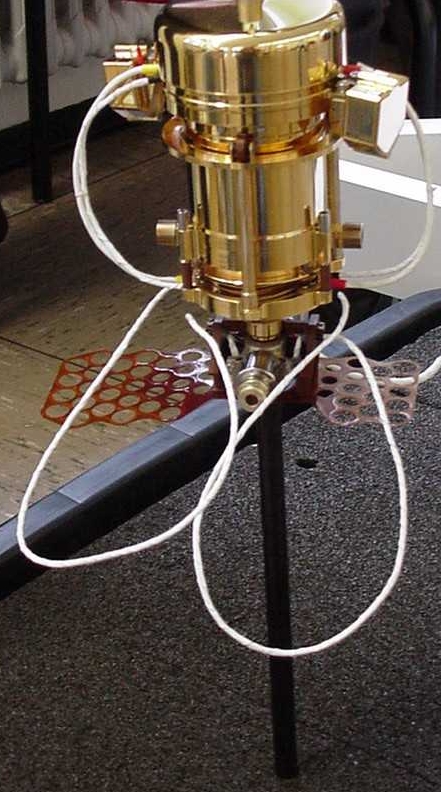
You are here
PP

Copyright DLR
The Permittivity Probe consists of 5 electrodes incorporated into parts of Philae. There are 3 transmitter electrodes, one placed into one of the lander feet, one in APXS and one attached to the penetrator of MUPUS, visible as the brown mesh around MUPUS, shown in the image. The other 2 electrodes are receivers placed in the remaining two feet of the lander.
The transmitter electrodes were designed to send an electric signal through the surface of the comet. This would help determine the electrical conductivity of the surface down to a depth of ~ 2 m. This would then be used to determine the presence and abundance of water in the surface.
For sources and further information visit:
http://www.dlr.de/pf/en/desktopdefault.aspx/tabid-5326/8936_read-17328/
Contact us
Any media enquiries should be directed using the links below:
The Open University
Science and Technology Facilities Council
jake.gilmore@stfc.ac.uk
http://www.stfc.ac.uk/mediaroom